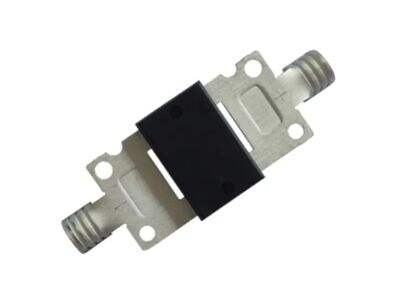Solar panels are a great technology we use to collect energy from the Sun. Solar panels are a key component of renewable energy; they generate electricity in an entirely planet-friendly way. In the modern era, solar panels have greatly been in use because of the cleaner and sustainability. But not everyone knows that solar panels can lose power in the shade, and when damaged. Enter multiple bypass diodes.
Naon Dupi Dioda Bypass?
Small electronic devices found inside solar panels called jalan gede dioda by SDO. The control room is extremely critical for ensuring the efficiency of solar panels. Sometimes, when some part of a solar panel gets shrouded in shadow or if an item is split it could cause the difficulty referred to as “hot-spotting.” This is equivalent to the area that has shade or damage just stopping its production of electricity. While it still works on the rest of those solar panels, this part in shade can overheat and destroy that bit.
How Do Bypass Diodes Help?
Bypass diodes in a solar panel assist to maintain the movement of electricity. The bypass diode also plays a role in allowing defects, like shading or damage to one cell of the solar panel array. So what happens is that electricity can still go through the shaded area, so this other region of the solar panel remain active. This way, the dioda bypass surya contribute in enhancing the creation of solar panel higher efficiency.
Preventing Power Loss
Because if one part of this panel does not work, without bypass diodes it can reduce the power from whole solar cells in that system. This in turn leads to a reduction of electricity generated. But there are bypass Diode surya to ensure that electricity can still make its way around the broken bits. Solar cells are connected together in a groups of strings and bypass diodes help us to connect those. There is a bypass diode with each string to help guide the electricity so that still power can be generated by the "good" solar cells if some of them are not working properly.
 EN
EN
 AR
AR
 HR
HR
 CS
CS
 DA
DA
 NL
NL
 FI
FI
 FR
FR
 DE
DE
 EL
EL
 IT
IT
 JA
JA
 KO
KO
 NO
NO
 PL
PL
 PT
PT
 RO
RO
 RU
RU
 ES
ES
 SV
SV
 TL
TL
 ID
ID
 SR
SR
 SK
SK
 SL
SL
 VI
VI
 HU
HU
 TH
TH
 TR
TR
 GA
GA
 CY
CY
 BE
BE
 MK
MK
 HY
HY
 AZ
AZ
 LA
LA
 NE
NE
 MY
MY
 KK
KK
 SU
SU


